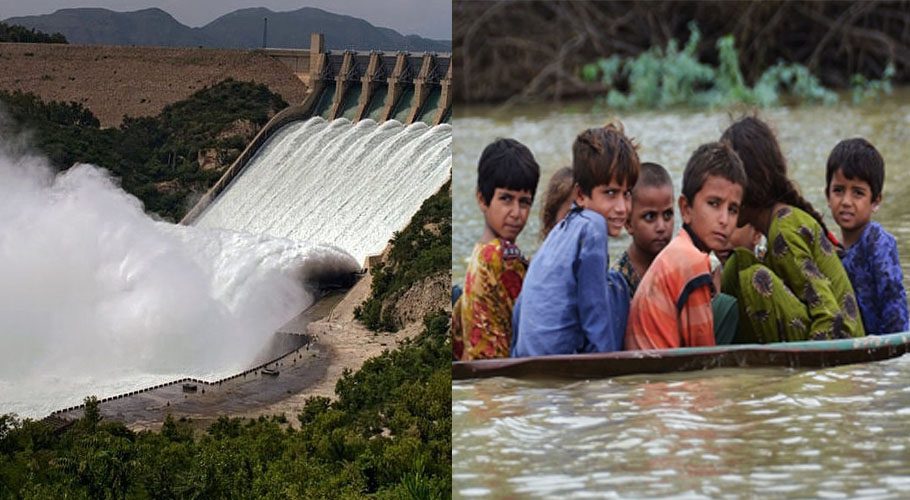Mother Nature is scary; how easily it can sweep away people, livestock, and many more, one can never predict when you are surrounded by epidemics and other problems.
Man cannot prevent natural calamities, but he can definitely take such steps keeping in mind the possibility of such calamities. By which the losses can be kept to a minimum level, hence the urgent need to build dams in the country at this time.
Dams and Pakistan
140 countries of the world have built more than 45 thousand dams, not only that, there are 4407 small and big dams in neighboring India, while only 150 dams have been built in Pakistan.
The last dam to be built in Pakistan
The last dam to be fully constructed in Pakistan was the Tarbela Dam, the construction of which began during the reign of General Ayub and was completed in 1974.
Construction of dam under Khan’s regime
After 44 years, the construction of the dam was once again started during the reign of Imran Khan. During his reign, work was started on ten new dams in the country. Out of which, not only plaques were placed on Diamer Bhasha Dam and Mohmand Dam, but the work was actually started.
Diamer Bhasha and Mohmand Dam
The Diamar Bhasha Dam to be built during Imran Khan’s tenure will be the largest dam in Pakistan, which will generate 4800 MW of cheap electricity, and it will also be able to store more than 81 lakh acre feet of water. Its construction will be completed in 2028.
The foundation stone of Mohmand Dam was laid by Imran Khan in 2019 and this dam will be completed in 2024. 800 megawatts of cheap electricity will be obtained from this dam built on the river Swat, sixteen thousand acres of land in Khyber Pakhtunkhwa province will also be irrigated from this dam.
Why was Kala Bagh Dam necessary?
Work on the Kala Bagh Dam project was started in 1950, but this ‘biggest project’ of the government of Pakistan to generate electricity could not be completed yet.
Experts say that the dam, which has been a source of controversy since its inception, would have been very beneficial for Pakistan in terms of electricity and agriculture if it had been worked on. This would not only benefit all the four provinces but also generate much cheaper electricity, and above all the floods in Sindh would not have caused so much destruction.
Requirement of dam for power generation
One of the major reasons for the country’s power shortage is that 64% of our country’s electricity is generated through natural fuels, with diesel generating electricity costing Rs 26 per unit while coal-fired power is Rs. The price is Rs 14 per unit.
Not only this, Pakistan imports furnace oil, coal, and RLNG from other countries to generate electricity. As soon as the prices of these three increase in the global market, the cost of power generation in Pakistan also increases, and this increase is charged to the consumers in the form of fuel adjustment.
Only 27 percent of the electricity is generated by the country’s 150 small and large dams, hydroelectric power costs around Rs 2.50 per unit.
This difference also confirmed that the effectiveness of the dam is not only necessary to prevent natural disasters, but after the completion of the dam, other problems of the country can be solved after the price of electricity is reduced, above all, electricity to the people. There will be relief in the bills and after electricity becomes cheaper, investments will be made in the country, which will certainly improve the country’s economy.





































